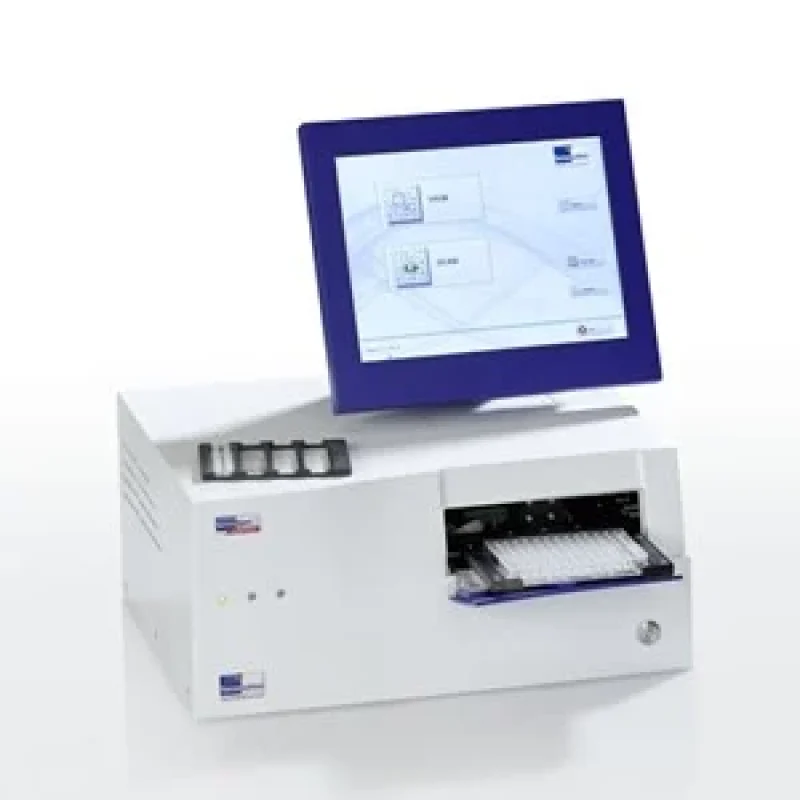Project Report For Microarray Scanners
Introduction
Project Report For Microarray scanners is as follows.
A microarray is a tool used to study gene expression. The microarray is composed of a thin glass slide membrane that holds samples of numerous genes in a predictable order. Microarrays allow scientists to quickly and accurately examine expression (which genes are “on”). The approach is used to examine the genetic foundations of a variety of human illnesses as well as fundamental aspects of growth and development.
The microarray scanner or reader is the final stage before analysis. The device consists of a camera, a special microscope, and lasers. The scanner’s lasers excite the fluorescents connected to the DNA in the microarray. The camera and microscope work together to create a digital image of the array. The data is recorded on a computer, where an application is used to compute the red-to-green fluorescence ratio or to remove background information from each microarray location by inspecting the array’s digital image.
A crucial element of the microarray experiment is the microarray scanner. It is intended to recognise the signals produced by the molecules linked to it and transform them into digital signals for computer analysis. Confocal scanners and non-confocal scanners are the two primary categories of microarray scanners. Confocal scanners illuminate a tiny portion of the microarray at a time while scanning the microarray horizontally, line by line

A photomultiplier tube detects the fluorescence that the microarray emits by turning the light signal into an electrical signal. Each signal from a pixel in the scanned region is captured, and the resulting image is gradually assembled. While a charge-coupled device (CCD) is used by non-confocal scanners to simultaneously record the fluorescence signal from the full microarray. The entire microarray is photographed by the CCD camera, and a computer subsequently processes the image to pinpoint the fluorescent spots’ positions.
Microarray scanners can be used for epigenetic analysis, SNP genotyping, gene expression profiling, and biomarker detection. They are widely used in scientific research, drug development, and medical diagnostics. Microarrays, which are miniature silicon chips or glass slides covered with DNA, RNA, or proteins, are scanned with a microarray scanner. Using lasers and photodetectors, the scanner identifies fluorescent signals generated by the microarray. Microarray scanners have a wide range of applications, including illness diagnosis, genetic sequencing, and gene expression studies.
Benefits Of Microarray scanners
- Microarrays are perfect for scanning hundreds of samples to find point mutations, structural variations, or changes in gene expression and methylation.
- dependable data quality.
- worldwide acceptance on a large scale, encouraging collaboration, and speeding up research.
- detection of copy number variation (CNV) and chromosomal changes.
- Scalable methodology for extensive research, including population-scale genotyping.
- Integration of multi-omics analyses with Illumina sequencing systems Adaptable content.
- built-in tracking, administration, and traceability solutions for laboratories.
Project Report Sample On
Microarray scanners
Get Completely Custom Bankable Project Report
Market Potential of Microarray scanners
The market size of Microarray scanner was estimated to be worth USD 3.67 billion in 2019, and is expected to increase by 6.8% between 2020 and 2027 to reach USD 6.28 billion.
The worldwide market for microarray scanners has been segmented into gene expression, drug discovery, and others. During the forecast period, the gene expression sector is expected to dominate the worldwide microarray scanners market.
The use of microarrays in fundamental molecular biology, toxicological response profiling, pharmaceutical target screening, and biomarker development is on the rise. The capacity of microarrays to analyse thousands of genes at once has resulted in the technology’s popularity in recent years. By the end of 2030, the market for microarray scanners is anticipated to reach over 27,000 units.
Companies in the microarray scanners market are forming strategic alliances to broaden access to high-tech solutions for cutting-edge microarray platforms for the investigation of protein biomarkers and viral infections screening. Fluorescence microarray scanners are predicted to generate the largest income among all product kinds in the market and during the evaluation period because near-infrared fluorescence is used to do this.

